Theodor Cheslerean-Boghiu
WNet: A data-driven dual-domain denoising model for sparse-view computed tomography with a trainable reconstruction layer
Jul 01, 2022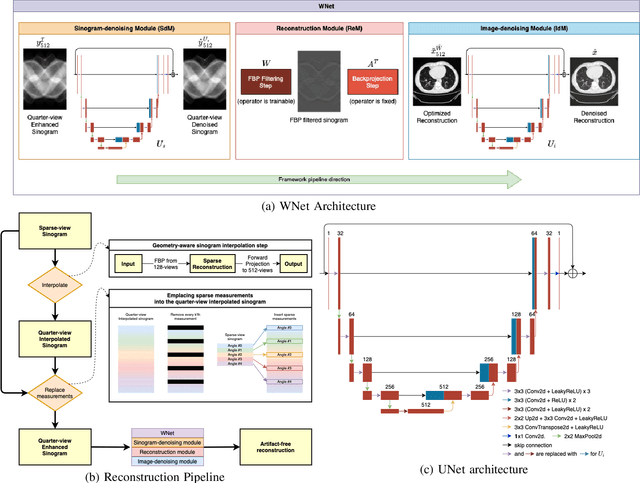
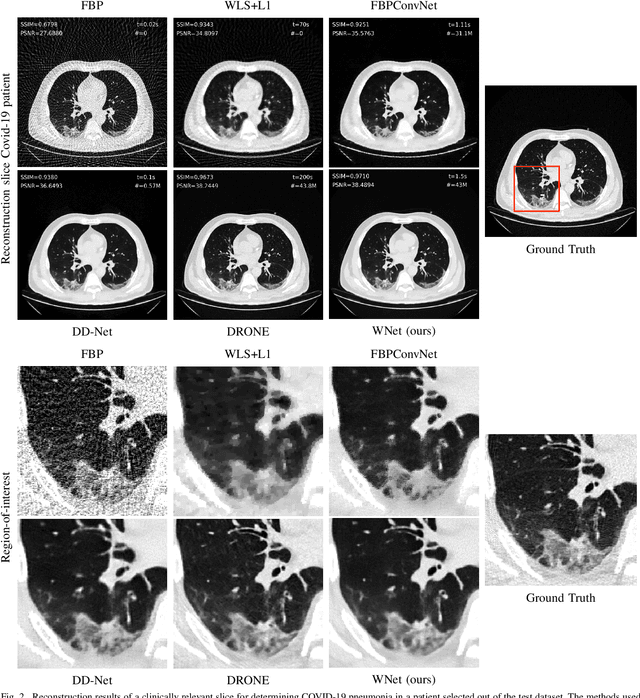
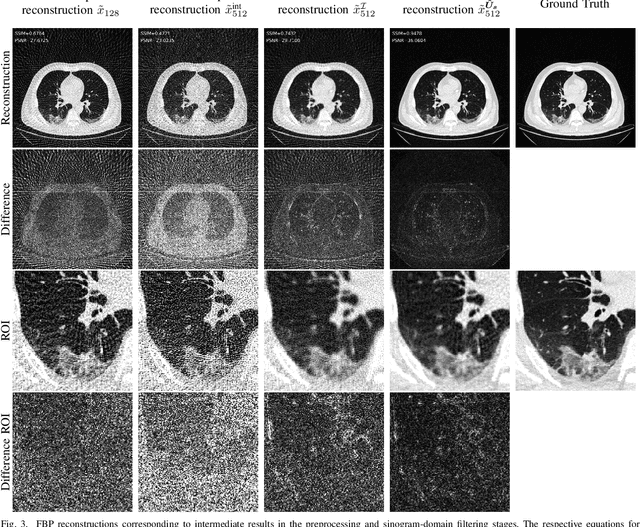
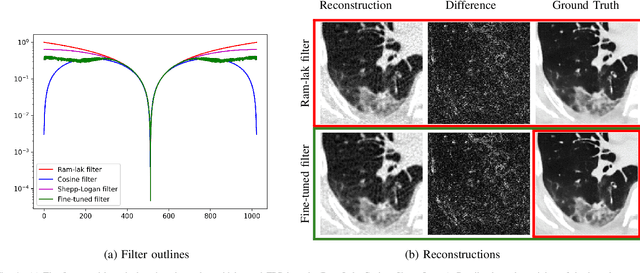
Abstract:Deep learning based solutions are being succesfully implemented for a wide variety of applications. Most notably, clinical use-cases have gained an increased interest and have been the main driver behind some of the cutting-edge data-driven algorithms proposed in the last years. For applications like sparse-view tomographic reconstructions, where the amount of measurement data is small in order to keep acquisition times short and radiation dose low, reduction of the streaking artifacts has prompted the development of data-driven denoising algorithms with the main goal of obtaining diagnostically viable images with only a subset of a full-scan data. We propose WNet, a data-driven dual-domain denoising model which contains a trainable reconstruction layer for sparse-view artifact denoising. Two encoder-decoder networks perform denoising in both sinogram- and reconstruction-domain simultaneously, while a third layer implementing the Filtered Backprojection algorithm is sandwiched between the first two and takes care of the reconstruction operation. We investigate the performance of the network on sparse-view chest CT scans, and we highlight the added benefit of having a trainable reconstruction layer over the more conventional fixed ones. We train and test our network on two clinically relevant datasets and we compare the obtained results with three different types of sparse-view CT denoising and reconstruction algorithms.
Task-specific Performance Prediction and Acquisition Optimization for Anisotropic X-ray Dark-field Tomography
Jul 01, 2022
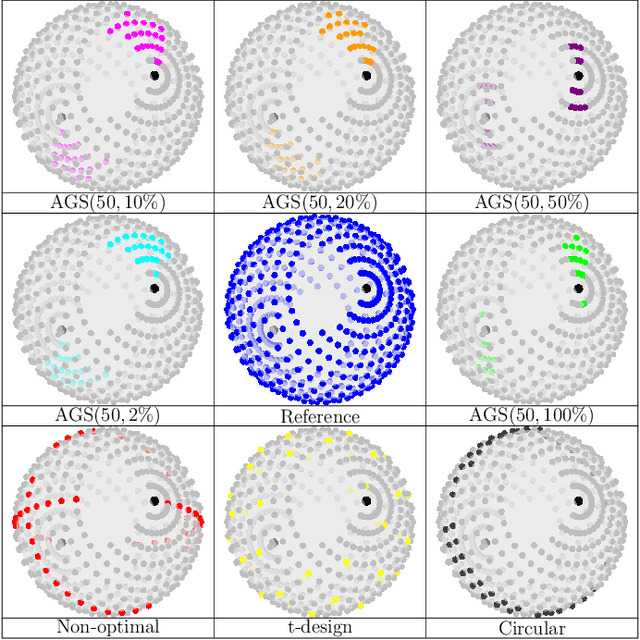

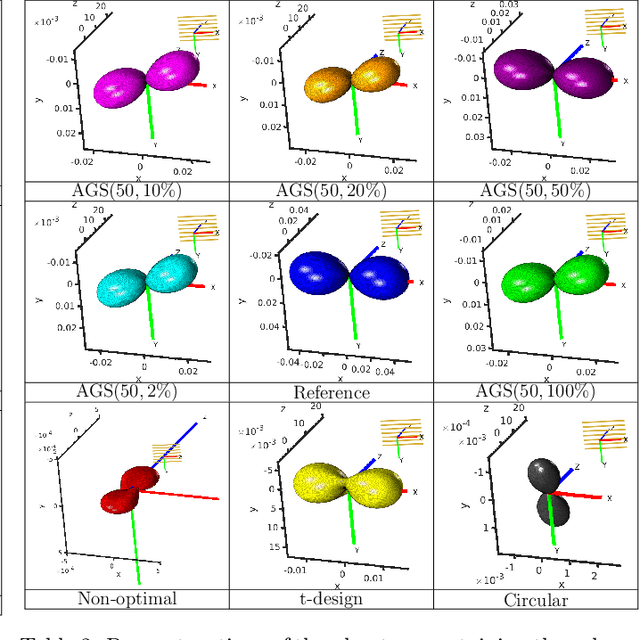
Abstract:Anisotropic X-ray Dark-field Tomography (AXDT) is a recently developed imaging modality that enables the visualization of oriented microstructures using lab-based X-ray grating interferometer setups. While there are very promising application scenarios, for example in materials testing of fibrous composites or in medical diagnosis of brain cell connectivity, AXDT faces challenges in practical applicability due to the complex and time-intensive acquisitions required to fully sample the anisotropic X-ray scattering functions. However, depending on the specific imaging task at hand, a full sampling may not be required, allowing for reduced acquisitions. In this work we are investigating a performance prediction approach for AXDT using task-specific detectability indices. Based on this approach we present a task-driven acquisition optimization method that enables reduced acquisition schemes while keeping the task-specific image quality high. We demonstrate the feasibility and efficacy of the method in experiments with simulated and experimental data.
 Add to Chrome
Add to Chrome Add to Firefox
Add to Firefox Add to Edge
Add to Edge